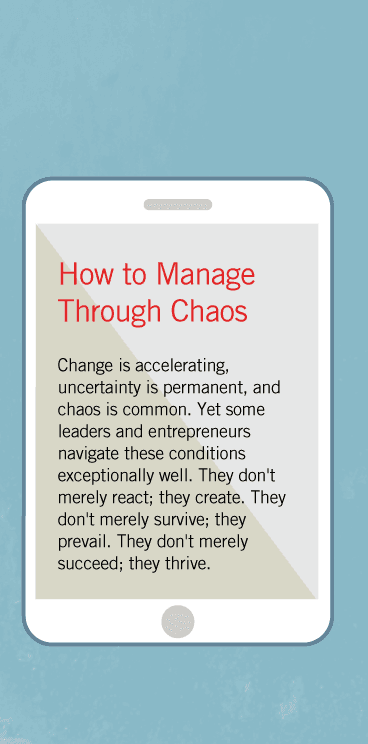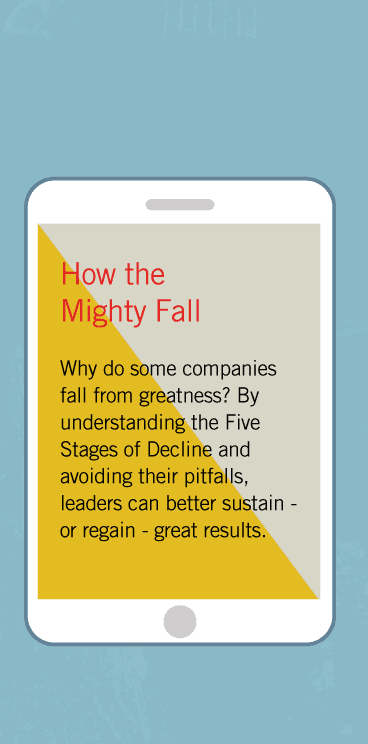The Art of Competition - Mark Allen
Imagine you’re gliding along a vast, glass-smooth ocean. Suddenly a missile breaks through the surface and shoots towards the sky. There is a singular moment when the missile enters your consciousness, as if it all happened in an instant. But of course, the missile had been rising, unseen, for perhaps thousands of feet before it broke the surface—a moment of breakthrough, only after an unseen period of build-up.
Now consider a singular moment, October 14, 1989, at 2:59 PM. Mark Allen and Dave Scott matched each other stride for stride, almost synchronized, having raced for nearly eight hours within a few feet of each other, pounding out a pace that would shatter the Hawaii Ironman course record by nearly twenty minutes, hurtling toward a finish that would be Dave Scott’s best day ever in an event he’d won six times. Then, with less than two miles to go in the marathon, still within touching distance of each other, it happened. “Something just said ‘Go’,” said Allen, “and it was like I was shot out of a cannon. There was no thought, no ‘this is the moment,’ there was just this thing that said ‘Go.’” And so, in the seeming snap of a finger, he broke away to win his first of what would become six Ironman victories in six starts. It looks like an instantaneous moment of breakthrough, but like a missile breaking the surface, Allen’s breakaway moment came only after years of rising from below, having been to the Ironman six times prior without a single win. Obscured in the riveting moment at 2:59 PM on October 14, 1989, is the real story, the long cumulative flywheel effect.
Picture a huge heavy flywheel. You want to get the flywheel turning as fast and with as much momentum as possible. You begin to push. You get one slow, creaky turn. But you don't stop; you keep pushing, in an intelligent and consistent direction. You get two turns. You don't stop; you keep pushing. You get 4 turns, then 8. The momentum begins to build. You keep pushing, turn upon turn, push upon push … 16 turns, 32, 64, a hundred, a thousand, ten thousand, and then – bang! – the flywheel hits breakthrough, and just keeps accelerating, building momentum. Greatness never happens in a single moment, but only as the result of cumulative buildup to breakthrough.
When Mark Allen reached out to me to write a foreword for this wonderful creation, The Art of Competition, I asked, “Why me?” I’m not an Ironman competitor. And while I’ve been to Kona, when my wife Joanne Ernst won the Ironman in the mid-1980s, I’ve never personally experienced the journey of despair running a marathon in ninety degree heat on black moonscape after swimming and cycling for six hours. “I’d like to see if you can link what I’m trying to convey here with the good-to-great journey you’ve written about,” Mark replied. “I have an instinct that there are connections.” I immediately flashed upon one of the key ideas we uncovered in Good to Great: the flywheel effect.
But as I got to know Mark better through our conversations about the book, I came to see a second, even deeper link, one that captures why I felt compelled to write this foreword. Making the leap from great results to enduring greatness, to reach an iconic and visionary stature, requires building upon a set of core principles—core values and a core purpose, a guiding philosophy that you hold to, no matter what—while also stimulating change, improvement, innovation and renewal in pursuit of BHAGs (Big Hairy Audacious Goals). In our great company research, we call this “Preserve the Core / Stimulate Progress”: keep the core values, yet change the practices and methods; stay true to core purpose, yet adjust strategy based on conditions; hold fast to principles, yet embrace new technologies that change the game. At the core of Mark’s racing ethic was a simple purpose: To run my best race. "Sometimes that might be good enough to finish first, sometimes not," he said. "But I need to know—with searing self-honesty—that I could not have raced any stronger, no matter what anybody else thinks, no matter how bad I feel, no matter what place I finish.”
I expected to see much of Mark’s text dedicated to the famous 1989 race with Dave Scott, seen by many as greatest in Ironman history, with Mark winning by less than a minute in a race that lasted more than eight hours. But delightfully he spends more text on 1995, which Mark considers to be his greatest race. “After the 1995 race, nearly every top competitor came up to me and said, ‘I would have just given up, and resigned myself to the fact that winning the race was impossible,’” reflected Mark, “I’d come off the bike thirteen and half minutes behind the race leader.” It’s one thing stay focused, unrelenting, when you’re leading the race with Dave Scott and have a clear chance to win. It’s another when you’re miles back in fifth place, 37 years old, feeling vulnerable, when giving up would be both understandable and unseen. And then add in that his competitors had made a pact before the race to compete against him as a group, trading off responsibility to push him to the limit in the swim and bike, in hopes of destroying his will before the marathon. Without his strong inner core, he might well have capitulated; Mark’s 1995 race flowed not from cheering crowds, but from inner character and constancy of purpose.
Greatness is an inherently dynamic process, not an end point; the moment you think of yourself as great, your slide toward mediocrity will have already begun. Mark exemplified this philosophy, not letting what everyone else felt was his greatest race – the 1989 Ironman – define and imprison him. Mark just kept turning the flywheel, kept getting better, kept living the core and stimulating progress. 1989 might have been a perfect competition for the world to see, but 1995 was an exquisite work of art because it most tested and best expressed his inner core.
I resonate with this core, in what I like to call the quest for “fallure” (pronounced fall-yer) over “failure.” I’ve been a rock climber for more than 40 years, and I’ve come to see climbing—like Mark’s approach to racing—as an inner journey, not one of conquering the rock, but of conquering myself. There can come a moment of self-doubt on an at-your-limit sport climb. Forearms fill with lactic acid, draining fingers of their grip power. Heart-rate spikes. Breathing becomes rapid and shallow. Saliva thickens with the metallic taste of adrenaline and fear. You are looking at the next section of rock, uncertain if the holds are good enough to hang from while you clip into protection. You have a limited amount of time before your body gives out … minutes, or maybe only seconds … tick, tick, tick. Uncertainty, fear, and pain accumulate to the point of decision: failure or fallure? You can "let go” and let the rope take your weight, giving-up without really trying. That is failure. Fallure, on the other hand, means that you still might fall, but you do not let go. You give a 100% committed effort to go up, and if you fall, you know – and only you know – that you could not have tried any harder. Personal-best moments come when climbing right into fallure zone, when fingers might explode off the holds at any moment, yet somehow you hang on to the top of the climb. Ah, that is perfection!
When I asked Mark to tell me the story behind this book, he said: “I’d been asked for years about my approach to racing and competition, but I could never quite find the words to capture the essence of it. There was something indefinable,” he continued, “something I felt, but could not convey in a traditional essay, and certainly not in any training manual.” Mark then related how, on a visit to Japan, the quotes that grace these pages just began pouring out, like seeds that had been gestating for years suddenly sprouting up through the earth.
Then he had a spectacular idea: blend these poetic quotes with nature. Indeed, this book could just as easily been titled The Nature of Competition, as Mark sees nature as a super-recharging station for creativity and competitive drive. He brings this notion to life in Chapter 9, telling the story of his trip to Alaska just weeks prior to the 1995 race, where he exchanged his aerobic training regimen for a connection with grand external landscapes and inner contemplation, to restore cells so depleted that blood-work revealed levels more like someone in his sixties than his thirties. He continues with how he then surrendered to the stark beauty of the Big Island, plugging into it as a recharging station during the 1995 race, summoning the will to persist. It's not so much about spending an excessive amount of time outside; it’s about paying attention–pausing to be drenched by a sunset orange, cocking an ear to the chattering of happy birds, noting the slosh-smack sounds of water on a shore, or marveling at how that October Moon got so big. Mark’s book is a reminder to be more fully present when blessed with an exquisite or magnificent moment. Plug in. Pause. Recharge. Go.
The great photographer Ansel Adams described his moment of creative breakthrough, his making of the famous 1927 photograph titled Monolith, of the Northwest Face of Half Dome: “I had achieved my first true visualization! I had been able to realize a desired image: not the way the subject appeared in reality, but the way it felt to me.” That is the artistic gift, the ability to see– or perhaps "sense" – something others cannot quite put their finger on, and use art to express it. And that is what Mark has done here, capturing the inner terrain of the true competitor, through photographs and quote-poems, unlike anything I have seen before. The Art of Competition shows that while Mark Allen’s competitive races might rest in the past, his creative journey continues. And as with any true artist, the journey never ends.
Jim Collins
Boulder, Colorado
July 2013






